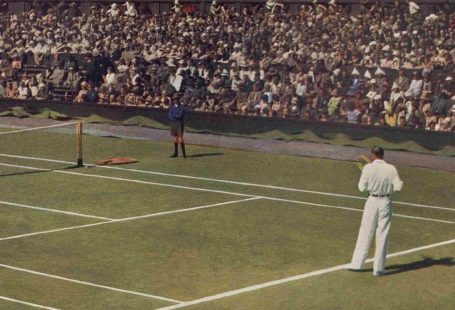On 16 January 1867 Regent’s Park in London was witness to the worst ice-skating tragedy in British history. In this special blog post, we take a look at how the newspapers in our Archive can help us understand exactly what happened that day, by hearing from the voices of those who were caught up in the catastrophe.
In the Luton Times & Advertiser, 19 January 1867, the following is described:
At about a quarter-past four, when a large number of persons were skating and sliding on the western side of the lake upon an area of water probably of six acres, the ice suddenly, and without the least warning, gave way and broke into thousands of pieces. From one to two hundred persons were immersed.
Illustrated Police News | 19 January 1867
This ‘dreadful skating accident at Regent’s Park,’ which saw 41 people lose their lives, from all walks of life, is best described by those who experienced it themselves. One of the survivors was a Mr Dunton, of Frederick Street, who narrates his experiences in the Oxford Chronicle & Reading Gazette, 26 January 1867. He was on the lake with his two children, when ‘without a second’s warning the ice seemed to glide from under us, leaving us in water quite five feet deep.’
He goes on to describe the harrowing experience in the following terms:
Such a sight I hope never to see again. Quite 150 persons were struggling for life. Heads and arms were to be seen all around amongst the broken masses of ice. Two yards from me a little boy was drowning…I stood in this position for nearly half an hour, sinking down in the mud deeper every minute, until the water reached my chin. I held my children as high as possible above water until I felt my legs being cramped with the cold. I said to the eldest, ‘Is there any help coming, Fred? Wave my walking-stick, for I am sinking down in the mud.’ Presently the boy said, ‘Father, a man is swimming to us, and we shall be saved.’ On looking round I saw a brave young fellow plunging through the ice towards me.
Indeed, the newspapers of the Victorian era do not shy away from ghastly and gory details, the Oxford Chronicle & Reading Gazette offering graphic descriptions of the corpses subsequently recovered from the lake, their faces being of ‘a purple tint with intense congestion, and there was froth about the teeth, the lips being widely separated.’

Illustrated London News | 26 January 1867
But as much as the newspapers of the time seem to revel in the dreadful details, the Luton Times & Advertiser describing the ‘terrible accident’ which such abundant relish, emphasising the ensuing ‘lamentation, mourning and woe,’ they also pick out the good to arise from the accident.
One man’s selflessness is recorded in the Oxford Chronicle & Reading Gazette, as he stood for ‘upwards of an hour on a deserted piece of ice in the Broad Water, not uttering a request for succour until he found that he was the last of the survivors.’ He eventually was rescued by a pleasure boat, and ‘coolly took up an oar, as if nothing had happened.’
The newspapers of the time also highlight the extraordinary impact of the accident. In a society divided very much into the have and have nots, with the rich often very rich and the poor very poor, the tragedy did not discriminate between the classes. The Glasgow Evening Post observes:
Every grade of society was represented by the mourners for the lost ones. Ladies of station were sorrowfully looking after sons who had not returned last night to the homes they had left yesterday morning full of life…Poor Irish women who earn an honest penny by the sale of oranges were ‘keening’ at the gate, and wildly calling upon the name of the husband who brought his hot chestnuts yesterday among the skaters at the park, and ventured his life and lost it in selling them.
The list of victims, printed in the Waterford Mirror & Tramore Visitor, shows the varying classes of people on the lake that day. Listed as among the deceased is H Woodhouse Esquire, of Tavistock Square, and an officer, Lieutenant R Edwin Scott. Alongside them were many working men, just trying to earn a living from the skaters at the park.
One of the dead was James Griffin, aged 29, of Drury Lane, who was selling oranges to the skaters. He was in the midst of the melee when the ice broke, and lost his life. Meanwhile, John Bryan was selling roast chestnuts when the ice broke up. His portable stove was later surfaced with his body.
 Penny Illustrated Paper | 26 January 1867
Penny Illustrated Paper | 26 January 1867
The operation to retrieve bodies saw fishermen from Kew dragging their nets along the bottom of the lake, and also divers in the latest equipment scouring the water. They later likened the experience to ‘being in a dark room.’
There was some debate as to the cause of the accident. One witness, a medical student named Caleb Whitford, blamed it upon iceman breaking up the ice near the edges of the lake, a practice which was intended to prevent people from accessing the islands. However at the inquest, held at the Marylebone Workhouse, iceman Alfred Ward refuted this claim, blaming the sun, men playing hockey on the lake and people jumping on and off the ice.
Whatever the cause, the results were truly tragic, with a large and indiscriminate loss of life. What emerges from the newspapers of this time is a human impact of this tragedy, largely forgotten now over 150 years later.







